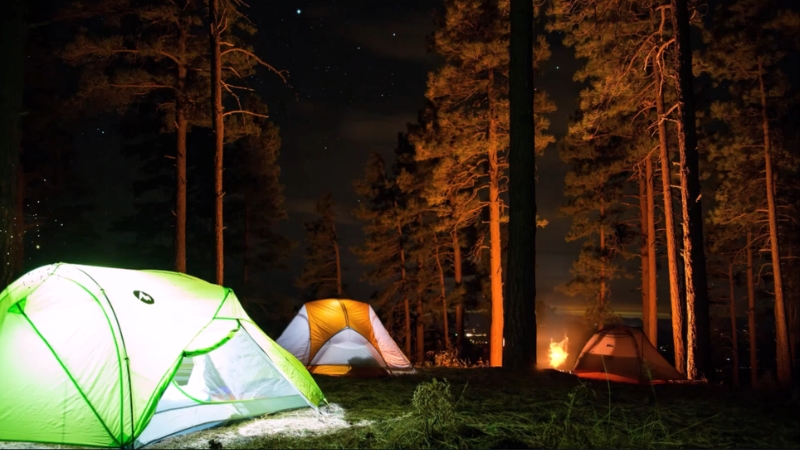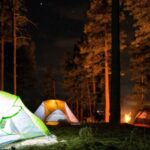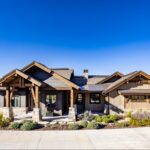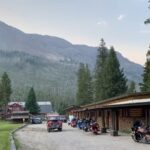Backpacking can be thrilling, exhausting, magical, and messy—sometimes all in one day. But one thing that can make or break your entire trip? Where do you crash at night?
After a long hike, late bus ride, or social marathon in a hostel kitchen, having a decent sleep setup matters more than people realize. So let’s talk sleeping spots. The good, the gritty, and the unexpectedly cozy.
1. Hostels
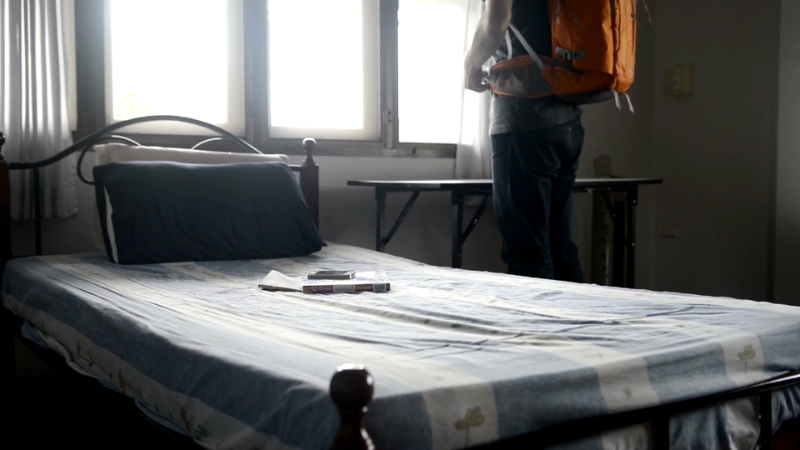
Hostels hold a special place in my heart. They’re like home bases for travelers who are looking for cheap beds, community vibes, and local insights.
After bouncing around shared dorms, sometimes it’s nice to crash somewhere with a little more space, like a spot through Destin vacation rental management if you’re passing through Florida.
I can’t even count how many times I’ve swapped stories with strangers in hostel lounges, only to end up hiking or sightseeing with them the next day. The social scene can be priceless if you’re traveling solo.
Practical Hostel Tips
Real Perk of Hostels
I’ve stumbled upon hostel outings—like pub crawls, walking tours, or language exchange nights—that shaped my view of an entire city. The staff often knows hidden-gem spots or cool events.
And if you’re new to a location, there’s nothing like local tips straight from the reception desk. Plus, you might meet a future travel buddy or two along the way.
2. Tent Camping
There’s something magical about zipping up your tent door and hearing nighttime sounds all around you—rustling leaves, a distant owl, the hush of a softly blowing wind.
Tent camping is all about immersing yourself in nature. It’s a great choice if you yearn to be close to scenic panoramas, star-studded skies, and the kind of fresh air you just can’t buy in a city.
Spot Selection and Safety
If you want to pitch your tent in a designated campground, you’ll often get access to fire rings, bear boxes (in some regions), and well-marked trails. In more remote areas, people practice dispersed camping on public lands.
It’s super cool, but a heads-up: you’ll need to pick a durable surface (like gravel or hard-packed earth) to avoid harming the environment.
Also, be sure you’re not too close to rivers or lakes—maintaining distance helps protect delicate ecosystems and keeps your campsite dry if water levels rise suddenly.
Personal Gear Hacks
3. Hammock Camping
View this post on Instagram
Hammock camping has blown up in popularity, especially with ultralight backpackers who hate lugging too much gear. Picture this: you roll into a forested area, find two solid trees, string up your hammock with tree-friendly straps, and you’re good to go.
No lumps or rocks poking into your back. You’re off the ground, away from damp soil, and the gentle sway often rocks you to sleep.
Essentials for Hammock Setup
Why Hammock Camp?
Beyond the comfort, hammocks are easier to pitch on uneven terrain. I’ve camped on slopes where finding a flat patch would’ve been nearly impossible.
Hammocks also tend to weigh less than tents, which is a major perk if you’re trying to keep your pack light. Just be sure you have a plan if there aren’t enough sturdy trees around.
4. Wilderness Huts and Bothies
@hanrosewatt Another backcountry hut, another epic view #newzealand #goodmorning #travel #travelbubble #explore #aotearoa #australia ♬ Runaway – AURORA
In certain corners of the world—think Scotland, parts of Scandinavia, or rural regions of New Zealand—you might stumble upon rustic huts or bothies.
They range from basic stone shelters to wooden cabins that hikers have relied on for ages. Amenities are limited, but the experience can be priceless.
There’s a special vibe to these shelters, like stepping into a piece of local heritage that’s been quietly standing through decades of storms.
Etiquette and Practicalities
There’s also a certain camaraderie that springs up in these shelters. In some huts, people leave handwritten journals that travelers can contribute to, resulting in a tapestry of stories from around the globe.
5. Alternative Accommodations
Introducing Airbnb Rooms—an all new take on the original Airbnb, now featuring the Host Passport.
Learn more: https://t.co/AKzqeH1mUH
— Airbnb (@Airbnb) May 3, 2023
If you’re open to trying something out of the ordinary, you’ve got no shortage of cool options these days. Airbnb offers everything from cozy attic rooms to entire cottages, and Couchsurfing can connect you with locals who are willing to let you crash on their sofa for free.
These setups might inject an extra dose of local flavor into your journey. I once stayed in a miniature converted barn, complete with a ladder leading to a loft bed.
The family hosting me offered homemade bread every morning. It felt more like visiting friends than a transaction.
Why Consider These Options?
Extra Hacks for a Good Night’s Rest
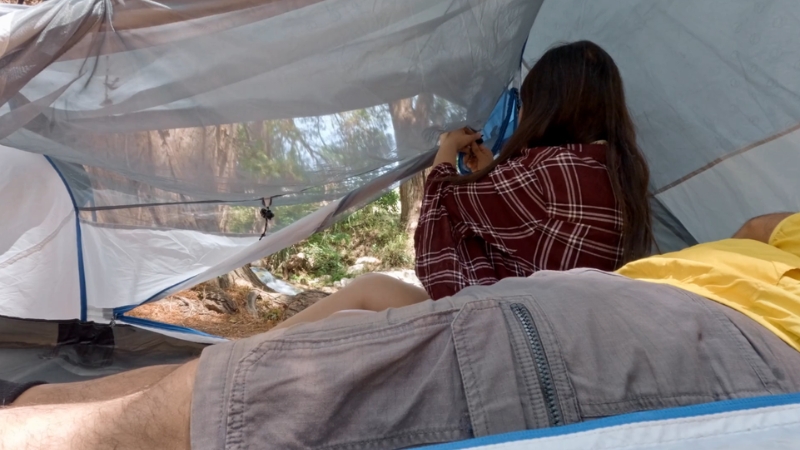
Regardless of the type of accommodation you’re going for, let’s not skip the details that make sleeping on the road—or trail—a more pleasant experience.
Pack Smart for Better Sleep
- Sleeping Pad: Even if you’re in a hammock, consider a lightweight pad or underquilt for insulation.
- Versatile Quilt: Unlike standard sleeping bags, quilts can adapt to varying temperatures.
- Small Pillow: Some prefer inflatable pillows, while others roll up clothes. Either way, neck support matters.
Establish a Routine
- Wind Down: If possible, dim headlamps or use a soft lantern as you settle in. It signals your body that it’s time to rest.
- Earplugs: A must if you’re in loud hostels or next to rustling trees and chirping critters.
- Hydration: Drink enough water, but not so much that you’re doing multiple bathroom trips at midnight.
Mind Your Safety
- Lock Up: Hostels usually have lockers. If you’re in a tent or hammock, keep valuables close.
- Solo Hikers: Let someone know your route and plans. Always keep a map or GPS device.
- Check Local Regulations: Some areas require permits or have strict rules on fires, bear canisters, or campsite locations.
Wrapping It Up
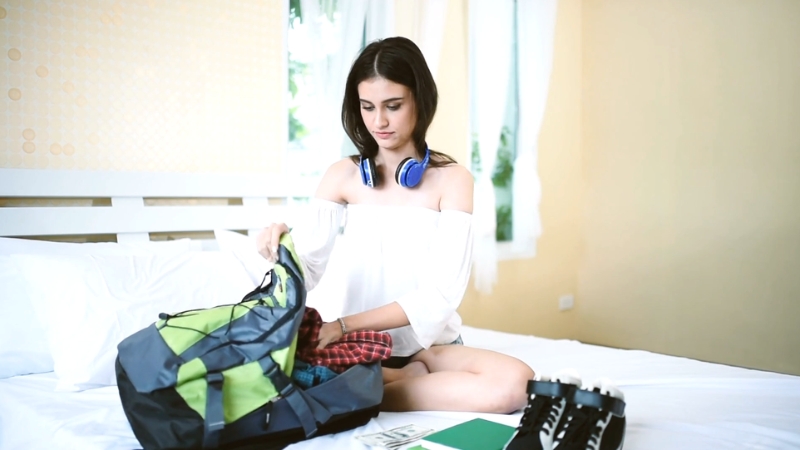
Your sleep setup doesn’t need to be fancy, just functional. Match it to your route, your comfort level, and the environment.
Some nights you’ll be under a tin roof in a jungle hut. Others, under a tangle of stars in a hammock. And occasionally…in a bunk above a stranger who thinks it’s totally fine to play guitar at 11 p.m.
Just roll with it. Rest is part of the ride.
Hello, my name is Harper Barton. The only thing I love more than travelling is writing about it. Sounds strange doesn’t it? But yeah, I adore writing and sharing my experiences about what I have experienced during my travels. Since I am a person who loves being a part of the community, I often write about local festivals with the goal of popularizing outside just small communities they come from.

